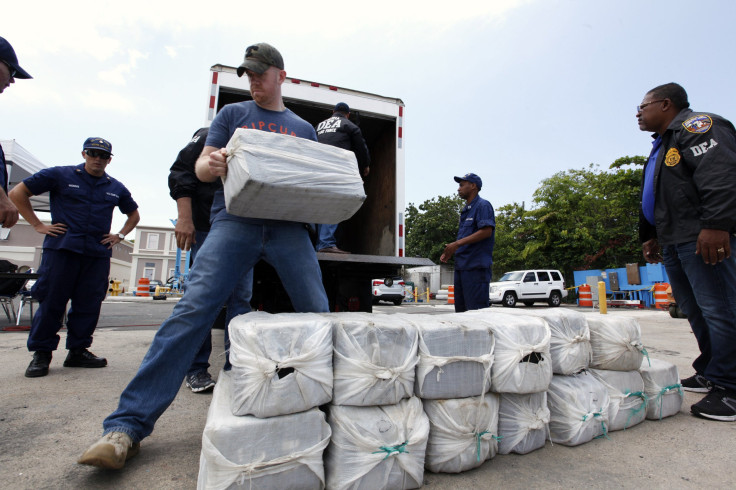White House Targets Caribbean Drug Trafficking With New Plan

The U.S. government introduced a new plan on Friday to fight drug trafficking in the Caribbean amid concerns about the growing volume of cocaine smuggling from the region into the U.S. over the past three years. The federal plan is the first of its kind and outlines six strategies authorities will pursue to crack down on drug trafficking, reported the Associated Press.
Among the new strategies are increased intelligence sharing and collaboration with local law enforcement in the U.S. Virgin Islands and Puerto Rico. "We were not paying the attention we should have been paying," U.S. Rep. Jose Serrano of New York told the AP. "I kept saying, we have another border ... it's our territories." The politician, along with Puerto Rican delegate Pedro Pierluisi, was one of the main backers of a bill passed in 2012 requiring the creation of a federal plan to tackle the threat posed by drug trafficking and related violence along the U.S.’s Caribbean border.
Though drug traffickers have long used the Caribbean as a shipping point into the U.S., the nature of the trafficking has changed in recent years, leaving the region increasingly in the crosshairs of drug trafficking between South America and the continental United States and Europe, according to the White House. This has resulted in an increase of maritime transport of cocaine into Puerto Rico, which has seen a corresponding rise in homicide rates. The documented flow of cocaine into the U.S. via the Caribbean has more than doubled in the past three years, the White House said, pointing to figures from the Consolidated Counterdrug Database.
Officials cited a number of factors that have contributed to the increased drug trafficking in the region, including tougher surveillance along the U.S.-Mexico border and tighter air controls in Venezuela and the Dominican Republic. This is part of what some experts call the “balloon effect,” in which pressure placed on one drug route leads to an increase in smuggling elsewhere, according to the Economist.
Cocaine shipments into the region are usually smuggled aboard speed boats that travel under cover of darkness from the northern tip of South America in one or two days, said Vito Guarino, special agent in charge of the DEA's Caribbean division to Reuters in 2013. As a U.S. territory, Puerto Rico is a particularly attractive destination for drug traffickers as once the shipments are smuggled onto the island, they can pass into the U.S. mainland without going through customs.
© Copyright IBTimes 2024. All rights reserved.












